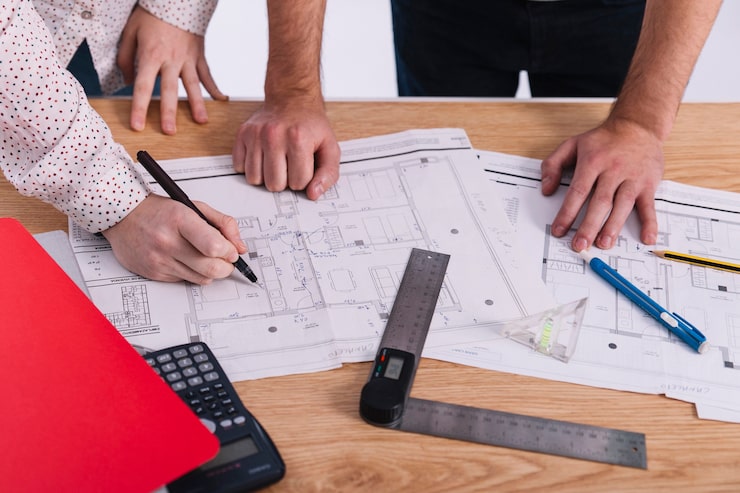The landscape of commercial architecture is evolving at an unprecedented pace, driven largely by technology. Modern commercial architectural firms are no longer just about drawing blueprints and overseeing construction—they are leveraging advanced tools and innovative processes to design smarter, more sustainable, and highly efficient spaces.
How Technology is Shaping Commercial Architectural Firms
Technology is transforming every aspect of commercial architecture, from conceptualization to construction. Firms that embrace these advancements are gaining a competitive edge in the market by improving design accuracy, enhancing collaboration, and reducing project costs.

Advanced Design Software and BIM (Building Information Modeling)
Building Information Modeling (BIM) has revolutionized how commercial architectural firms work. With BIM, architects can create highly detailed 3D models of buildings, simulating every element before construction begins. This technology:
- Reduces costly design errors
- Improves coordination between architects, engineers, and contractors
- Provides clients with realistic visualizations of their projects
Software like AutoCAD, Revit, and ArchiCAD are now integrated with AI-powered tools that optimize building layouts, energy efficiency, and material usage.
Virtual and Augmented Reality for Immersive Experiences
Virtual Reality (VR) and Augmented Reality (AR) are no longer futuristic concepts—they are mainstream tools in 2025. These technologies allow clients and stakeholders to:
- Virtually walk through designs before construction
- Make real-time adjustments to layouts or materials
- Experience the aesthetics and functionality of commercial spaces before committing
By incorporating VR and AR, commercial architectural firms enhance client engagement and reduce costly revisions.
Artificial Intelligence and Data-Driven Architecture
Artificial Intelligence (AI) is becoming a critical tool in modern architecture. Firms are using AI to:
- Analyze large datasets to optimize space utilization
- Predict structural performance and maintenance needs
- Automate repetitive design tasks to save time and costs
Data-driven insights empower architects to create commercial buildings that are not only functional but also sustainable and energy-efficient.
Sustainable Construction Technologies
Sustainability is at the forefront of modern commercial architecture. Technology aids firms in implementing green building practices by:
- Tracking energy consumption through smart building systems
- Selecting eco-friendly materials using AI analysis
- Designing buildings that meet global sustainability standards
These innovations not only reduce environmental impact but also improve the long-term profitability of commercial projects.

Conclusion
Technology is no longer optional—it is the backbone of modern commercial architectural firms. From BIM and VR to AI and sustainable construction tools, firms that embrace innovation are able to deliver superior designs, enhance collaboration, and create commercial spaces that meet the demands of the future.


